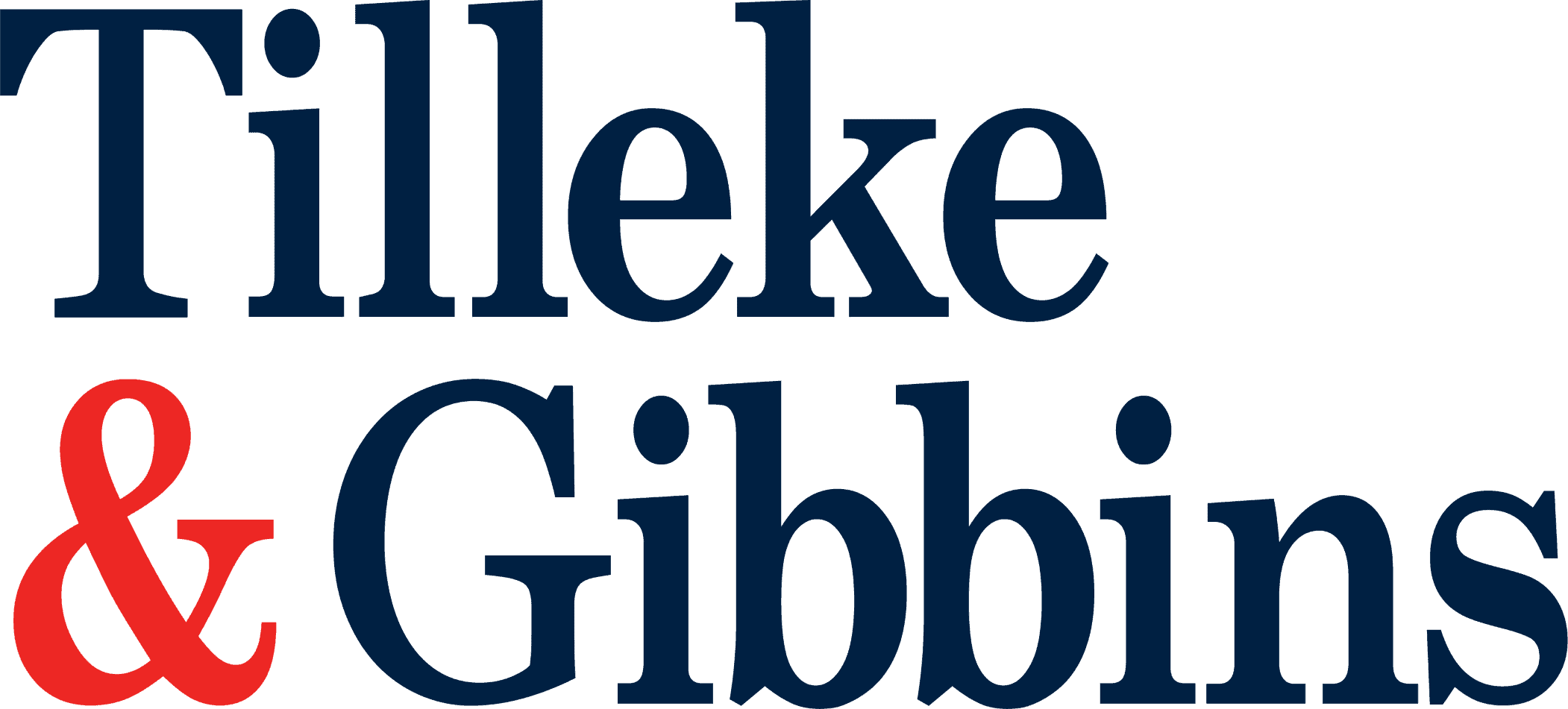
April 21, 2017, was an important milestone in the settlement of IP infringement cases relating to “.vn” domain names in Vietnam. This was the day the domain name
In this case, the BMW Group, owner of the world-famous BMW trademark and many
VNNIC had withdrawn domain names in IP infringement cases several times in the past; however, controversies arising among the management agencies about the methods and mechanism for domain-name withdrawal had resulted in the suspension of withdrawals for two years. In response to this issue, the management agencies mutually discussed and successfully prepared guiding legislation—specifically, Joint Circular No. 14/2016/TTLT-BTTTT-BKHCN of the Ministry of Information and Communications and MOST dated June 16, 2016, guiding the order and procedures for changing and withdrawing IP-infringing domain names (Circular 14). The
This case, which was handled by Tilleke & Gibbins, is not only significant because the domain name was successfully withdrawn, but also because the management agencies had to deal with a range of “legal technicalities” to prevent the case from being suspended due to some unclear aspects of the law. For example, Circular 14 provides that the domain name management agency will withdraw “.vn” domain names only after decisions on administrative sanctions (typically monetary fines) are issued. However, in the
The problem is that, normally, the compulsory return of domain names is part of a decision on administrative sanctions to resolve a case, but comes under a separate independent decision of MOST, not a decision within the context of IP infringement “sanctions” in the literal sense of the word. The question in the BMW case was whether such a decision would also be subject to Joint Circular 14 and, therefore, whether VNNIC was compelled to comply with the forced withdrawal. Fortunately, the competent agencies interpreted and applied the law in a reasonable and flexible manner, by considering a decision on the application of remedial measures to be, by nature, a decision on sanctions for the purpose of sanctioning the infringing party, and therefore the domain name
Another hurdle to be overcome in this case was that the MOST Inspectorate’s decision on remedial measures provided a period of 30 days from its issuing date for the infringing party to return the domain name to VNNIC. The MOST Inspectorate could not send a request to VNNIC for compulsory withdrawal until such time period has passed and the domain name had not been returned. The infringing party, however, in an official letter providing its opinions, claimed that it did not know about or receive the decision on remedial measures and, therefore, it objected to the compulsory return. However, after inspecting, verifying and certifying that the decision had been sent to the correct registered address of the infringing party, the infringing party could not deny that it actually received and was aware of the decision.
This case is a practical example of how administrative measures can be applied in Vietnam in handling IP infringements in the registration and use of “.vn” domain names. Hopefully, this will create a good precedent for similar cases in the future. Many cases are also handled with civil actions which are more easily enforced, but may be more costly to the rightsholder.

